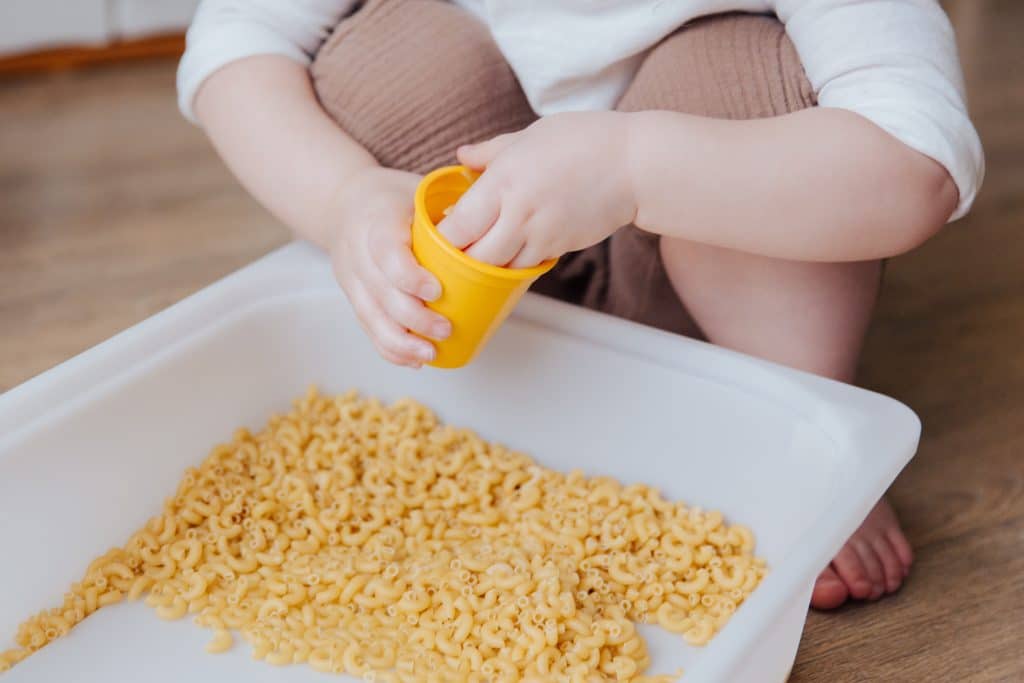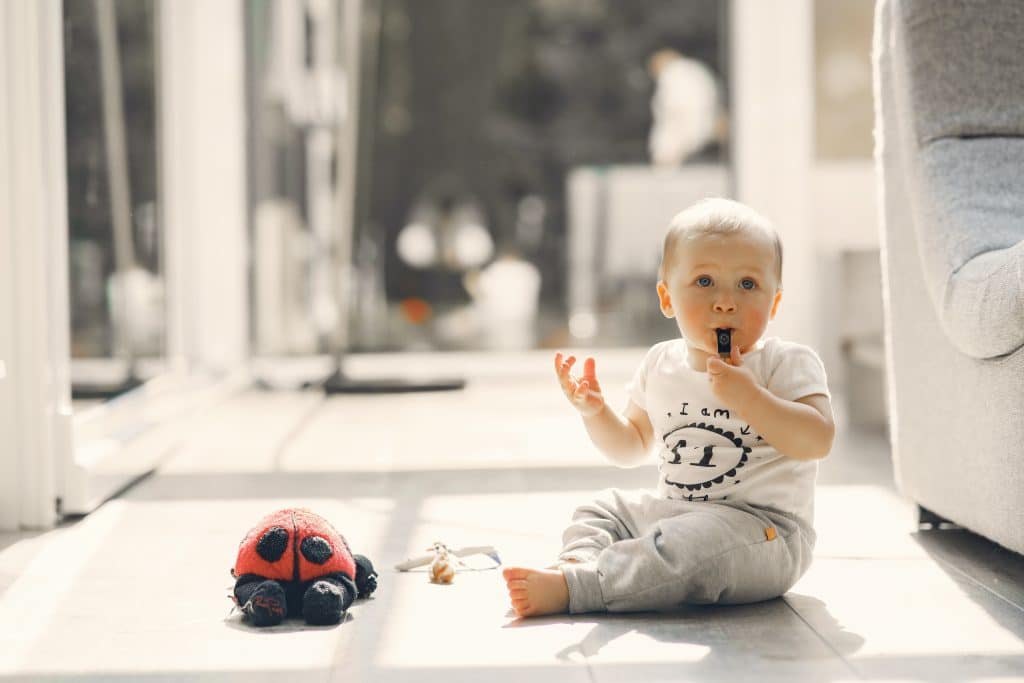Navigating the world of sensory sensitivities can often feel like a balancing act for parents of children on the autism spectrum. Sensory sensitivities are common in children with autism and can manifest in a variety of ways, such as difficulty with loud noises, bright lights, certain textures, and tastes. From hypersensitivity (over-responsive) to hyposensitivity (under-responsive), these sensitivities can impact a child’s interaction with their environment and those around them. Understanding sensory sensitivities is crucial in creating a safe, comfortable, and growth-oriented world for these little champions.
Table of Contents
What Sensory Sensitivities Are All About
Sensory sensitivities can make life feel like a wild rollercoaster for neurodivergent kids and those with thinking and learning differences. But don’t worry! We’re here to help you and your child navigate this exciting journey.
What are Sensory Sensitivities?
Sensory sensitivities mean a child has stronger reactions to things they see, hear, touch, taste, or smell. Some kids might find certain things too intense or even painful, while others may want more of the same thing.
For example, your child might cover their ears when a fire truck goes by or refuse to wear clothes with tags because they feel too scratchy. These are signs that they might have sensory sensitivities.

Read more: Food Sensitivity Test for Kids
More Than Just the Five Senses
We usually think of five main senses: sight, hearing, taste, smell, and touch. But sensory sensitivities can also affect two more senses:
- Vestibular: This sense helps us stay balanced and know where our body is in space.
- Proprioception: This sense lets us know where our body parts are and how they’re moving.
Kids with sensory sensitivities might also have trouble with these extra senses. For example, they might struggle with balance or coordination because of their vestibular or proprioceptive sensitivities.
A World of Senses: Spotting Sensory Sensitivities in Kids
Kids with sensory sensitivities can react differently to things around them. Here are some signs to watch for:
| Over-Responsive | Under-Responsive | Seeking/Craving |
|---|---|---|
| Staying away from loud noises or bright lights | Wanting intense sensory experiences (like spinning or jumping) | Always touching objects or people |
| Not liking certain textures in clothes or food | Not reacting to pain or temperature | Often smelling things |
| Feeling overwhelmed in busy places | Having trouble with body awareness and coordination | Looking for loud noises or bright lights |
If you notice any of these signs in your child, it’s a good idea to start paying closer attention to their sensory experiences. They may have some sensory sensitivities that need to be addressed.

Read more: Autism Touch Sensitivity in Kids
Finding Your Child’s Unique Sensitivities
Every child is different, so knowing your child’s specific sensory sensitivities is essential. Explore some steps to help you address your concerns:
- Observe: Watch your child closely in different situations.
- Record: Write down their reactions to various things.
- Analyze: Look for patterns and triggers in their behavior.
- Consult: Talk to an occupational therapist or other experts.
Once you’ve gathered enough information, you can start to understand your child’s unique sensory needs. This will help you find ways to support them and make their world more comfortable.
Helpful Tools: Ways to Manage Sensory Sensitivities
Once you know your child’s sensory sensitivities, it’s time to find ways to help them feel more at ease and confident in their world.
Make a Sensory-Friendly Space
- Use lights that can dim and headphones that block noise
- Choose clothes made of soft, comfy materials
- Have a quiet spot for your child to go when they need it
Making these small changes can greatly impact your child’s comfort and happiness. They’ll enjoy their surroundings without feeling overwhelmed by sensory input.

Read more: 5 Signs of Autism | Toddler
Try Sensory Strategies
You can use many different strategies to help your child manage their sensory sensitivities. Here are a few ideas:
- Deep pressure activities (like weighted blankets or big hugs)
- Tools for the mouth (like chewable jewelry or textured straws)
- Movement breaks during the day
These strategies can help your child feel more calm and focused. They might also help them learn better ways to cope with sensory input that they find challenging.

Create a Sensory Diet
A sensory diet is a special plan of sensory activities made just for your child’s needs. Work with an occupational therapist to make a sensory diet that includes:
- Heavy work activities (like carrying groceries or pushing a vacuum)
- Vestibular input (like swinging or rocking)
- Proprioceptive input (like jumping on a trampoline or squeezing putty)
Having a sensory diet can help your child get the right balance of sensory input they need to feel their best. It’s a great way to support their overall development and well-being.
Teamwork Makes the Dream Work: Supporting Your Child Together
You don’t have to do this all by yourself! A support team can make a big difference for you and your child.
- Connect with other parents: Share stories, tips, and resources with other parents of neurodivergent kids or those with thinking and learning differences.
- Work with experts: Join forces with occupational therapists, teachers, and other specialists to make a plan for your child.
- Teach family and friends: Help the people you love to understand your child’s sensory sensitivities so they can give the right support.
By working together, you can create a strong support network to help your child thrive in their world.
Goally | Apps To Support Child Development
Looking for fun ways to help your child learn life skills? Try Goally! The Goally tablet comes with award-winning learning apps and video classes to help kids develop the skills they need to become independent with FUN & evidence-based practices.

Our apps teach executive function, language, emotional regulation, finger dexterity skills, and more.
As your child develops new skills, you can increase the difficulty level of the tasks in the app to challenge and motivate them even further. This helps your child grow and progress at their own pace, while also keeping them engaged and excited about their development.

Understanding the Sensory Adventure
Sensory sensitivities can be tough, but they also let you see the world through your child’s special point of view. By understanding their needs and giving the right help, you can help your child enjoy their sensory adventure and do well in their world. So get ready for a thrilling ride as you and your child explore this sensory rollercoaster together. With love, patience, and some detective work, you’ll help your child find a world of sensory balance.
This post was originally published on 04/17/2023. It was updated on 11/22/2023.

Goally
We help parents teach their kids life skills, like doing bedtime and morning independently. Backed by science, we incorporate evidence-based practices and expert-informed designs in all of our apps and content.






